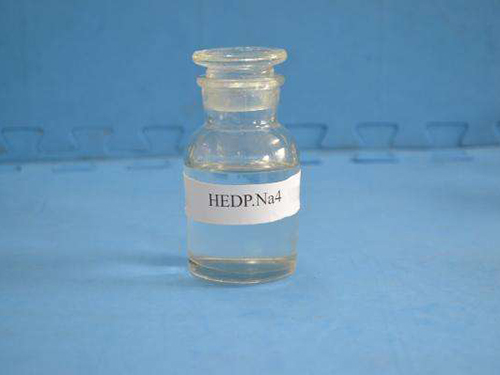polyaluminium chloride ph
Understanding the pH of Poly Aluminium Chloride
Poly Aluminium Chloride (PAC) is a versatile coagulant widely used in water treatment, paper manufacturing, and other industrial applications. It is an inorganic polymer that combines aluminum chloride with varying quantities of aluminum hydroxide. One of the critical properties that influence its effectiveness in these applications is its pH level. Understanding the pH of PAC is essential for optimizing coagulation processes and ensuring environmental compliance.
What is pH and Why is it Important?
pH is a measure of how acidic or basic a solution is, with a scale ranging from 0 to 14. A pH of 7 is considered neutral, values below 7 indicate acidity, and values above 7 denote alkalinity. In water treatment and other industrial processes, the pH of any chemical agent, including PAC, must be carefully controlled. The effectiveness of PAC as a coagulant is highly dependent on the pH of the water it is used to treat.
When PAC is added to water, it dissociates to form aluminum hydroxide, which is the primary active component responsible for coagulation. This reaction is influenced by the pH of the water. Different pH levels can affect the solubility of aluminum species in the solution and thereby impact the rate and efficiency of coagulation.
Optimal pH Range for PAC
PAC generally performs best at a pH range of 6.5 to 8.5. Within this range, the aluminum hydroxide precipitate forms effectively, allowing for robust binding with impurities and suspended solids in water. If the pH is too low (acidic), there is a risk of aluminum solubility increasing, which can lead to higher residual aluminum levels in treated water, potentially posing a health hazard. Conversely, if the pH is too high (alkaline), aluminum hydroxide may precipitate prematurely, leading to ineffective coagulation and increased turbidity.
For municipal water treatment plants, maintaining the pH within this optimal range is crucial for ensuring that drinking water meets safety standards. Monitoring pH levels routinely helps operators adjust chemical dosages appropriately for the best outcomes.
polyaluminium chloride ph

Factors Affecting the pH of PAC Solutions
Several factors can influence the pH of PAC solutions
1. Concentration of PAC Higher concentrations of PAC can lead to lower pH levels, as more aluminum ions are introduced into the solution.
2. Water Chemistry The initial pH and alkalinity of the source water can affect how PAC interacts with it. For instance, naturally occurring organic matter and mineral content can alter the pH dynamics when PAC is introduced.
3. Temperature Temperature changes can also influence the solubility of PAC and the resultant pH of the solution. Warmer water can lead to changes in reaction kinetics and precipitate formation.
4. Addition of Other Chemicals If other chemicals are added during the treatment process (such as lime for pH adjustment), this can further influence the overall pH.
Conclusion
In summary, the pH level of Poly Aluminium Chloride plays a crucial role in its function as a coagulant. Understanding and controlling the pH is essential for maximizing the efficiency of PAC in water treatment applications. By ensuring that the pH remains within the optimal range of 6.5 to 8.5, operators can improve the coagulation process, resulting in cleaner, safer water. Moreover, attention to the various factors affecting pH is necessary for maintaining quality and compliance in any industrial context where PAC is utilized. With ongoing advancements in treatment technologies and practices, the importance of pH in PAC applications will continue to be a significant area of focus.
-
Pbtc Scale InhibitorPBTC: A Scale Protector for Industrial Water TreatmentNewsAug.05,2025
-
Organic Phosphonate: An Efficient Defender in the Field of Scale InhibitionNewsAug.05,2025
-
Hydrolyzed Polymaleic Anhydride: Green Pioneer in Scale Inhibition FieldNewsAug.05,2025
-
PAPEMP Polyamino Polyether Methylene Phosphonic Acid For SaleNewsAug.05,2025
-
Flocculant Water Treatment: A Pioneer in Purification in the Field of Water TreatmentNewsAug.05,2025
-
Benzyl Isothiazolinone: An Efficient and Broad-Spectrum Antibacterial Protective GuardNewsAug.05,2025





